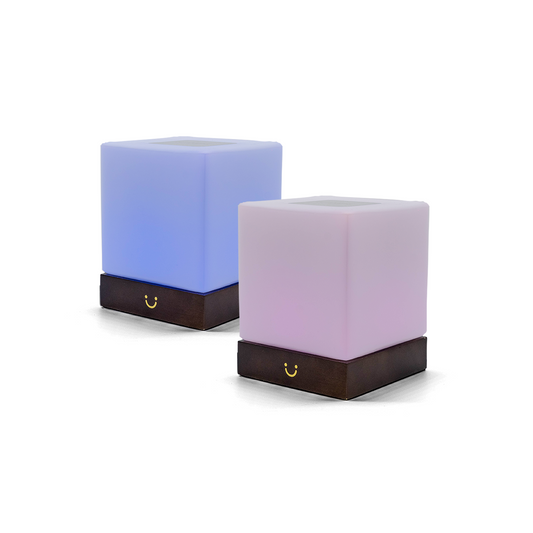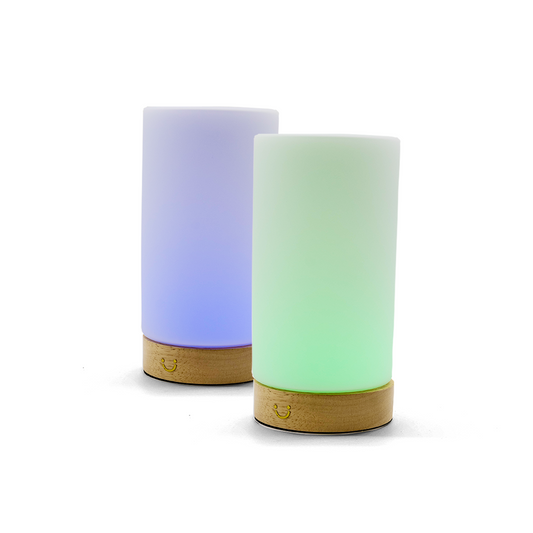If you've ever celebrated Easter, chances are you have encountered the Easter Bunny. This furry, long-eared mascot is an integral part of the springtime holiday, bringing joy and excitement to children and adults alike. But where did this beloved character come from? Is it real? And what does it represent? In this article, we will explore the history, myths, and symbolism behind the Easter Bunny.
Introduction to the Easter Bunny
The Easter Bunny is a popular symbol of Easter, particularly in Western countries such as the United States, Canada, and the UK. This character is typically depicted as a rabbit or hare, often wearing clothes and carrying a basket of colored eggs. The Easter Bunny is associated with the tradition of egg hunting, where children search for hidden eggs in gardens or parks.
Is the Easter Bunny real? Debunking myths and legends
Many children believe that the Easter Bunny is real, but in reality, it is a fictional character. The Easter Bunny is not a living creature that hops around delivering eggs, but rather a symbol of the holiday. The concept of the Easter Bunny is similar to that of Santa Claus, who is also a fictional character associated with gift-giving during Christmas.
If you're thinking 'duh' right about now, consider sucking this egg: according to a poll conducted in 2022 by Ipsos, 21% of American adults still believe in Santa! So, why not the Easter Bunny?
The origin of the Easter Bunny - a historical perspective
The origins of the Easter Bunny can be traced back to pagan celebrations of spring and fertility. In ancient times, rabbits and hares were associated with the goddess Eostre, who represented spring and renewal. The hare was considered a sacred animal, as it was believed to have magical powers that could bring good luck and prosperity.
Modern-day Easter Bunny
The modern concept of the Easter Bunny can be traced back to 17th-century Germany, where it was first mentioned in writings as the "Osterhase" or Easter Hare. The Easter Hare was believed to lay eggs and bring them to children who had been good. German immigrants brought this tradition to America in the 18th century, where it became popularized and evolved into the Easter Bunny we know today.
Friendship Lamps: The Best Easter Egg Ever!
FriendLamps are a pair of wi-fi touch lamps that can connect to each other from thousands of miles apart. Set them up, and communicate with a touch to change the color of a connected lamp in another location - across town or across the oceans.
Click to Learn More
Cultural and religious influences
The Easter Bunny has roots in both pagan and Christian traditions. In addition to its association with the goddess Eostre, the Easter Bunny is also linked to the Christian celebration of Easter. The egg, which the Easter Bunny is often depicted carrying, is a symbol of new life and rebirth, signifying the resurrection of Jesus Christ.
The Easter Bunny in popular culture - how it became a marketing mascot
The Easter Bunny has become a ubiquitous figure in popular culture, appearing in movies, TV shows, and commercials. The character has been used in marketing campaigns to sell Easter-related products, such as candy, toys, and decorations. The Easter Bunny has also become a popular theme for Easter events, such as parades, festivals, and egg hunts.
The Easter Bunny and its symbolism - what does it represent?
The Easter Bunny represents many things, including the arrival of spring, fertility, and new life. The character is also associated with the tradition of egg hunting, which symbolizes the search for new beginnings and opportunities. The Easter Bunny is a reminder of the joys of childhood and the magic of the holiday season.
Celebrating Easter with the Easter Bunny - traditions and customs
There are many traditions and customs associated with the Easter Bunny. One of the most popular is the Easter egg hunt, where children search for hidden eggs in gardens or parks. Another tradition is the making of Easter baskets, which are filled with candy, toys, and other treats. Many families also enjoy decorating eggs, either by dyeing them or using stickers and paint.
Easter Bunny crafts and DIY projects - fun activities for kids and adults
There are many fun Easter Bunny-themed crafts and DIY projects that can be enjoyed by both kids and adults. Some ideas include making Easter Bunny ears out of felt or paper, creating Easter Bunny-themed decorations for the home, and baking Easter Bunny-shaped cookies or cupcakes. These activities can be a fun way to celebrate the holiday and get into the spirit of the season.
Conclusion - the enduring legacy of the Easter Bunny
The Easter Bunny is a beloved character that has become an integral part of the Easter holiday. Its origins can be traced back to ancient pagan traditions, but it has evolved over time to become a symbol of spring, fertility, and new beginnings. Despite its fictional nature, the Easter Bunny continues to bring joy and excitement to children and adults alike, reminding us of the magic and wonder of the holiday season.





